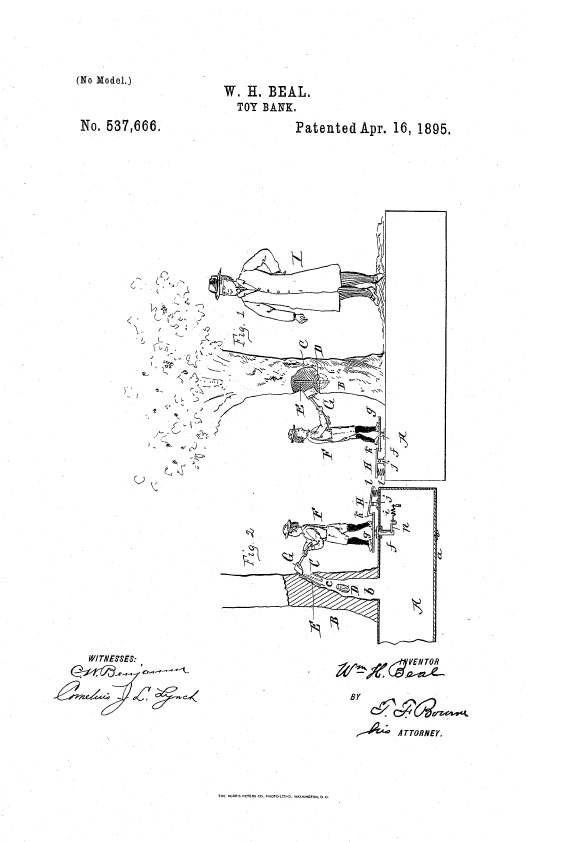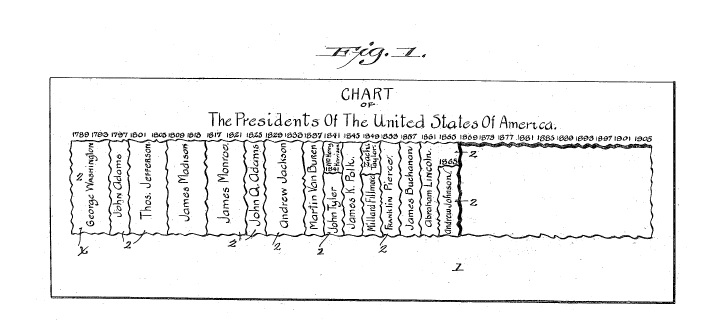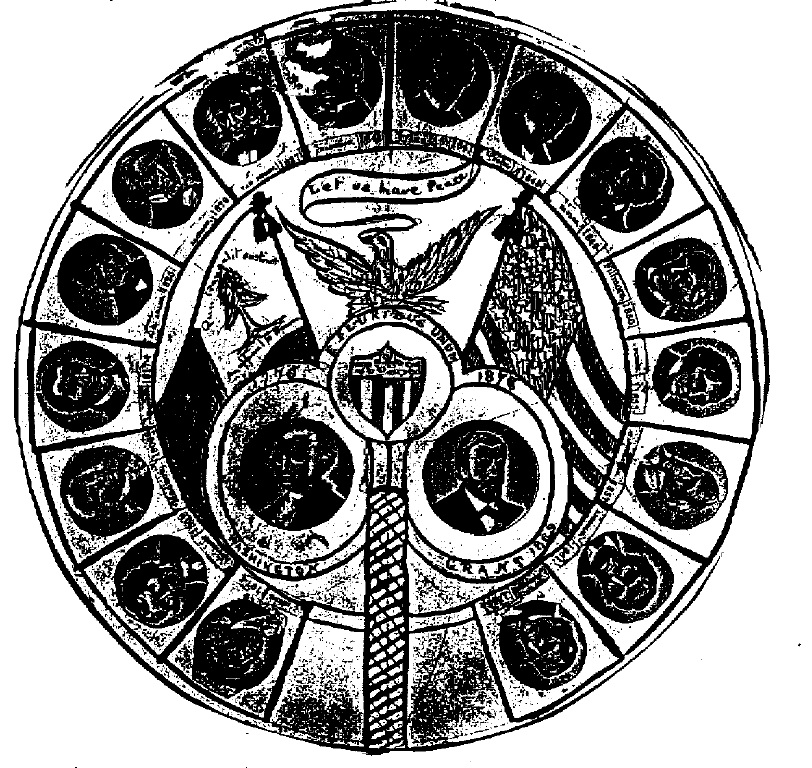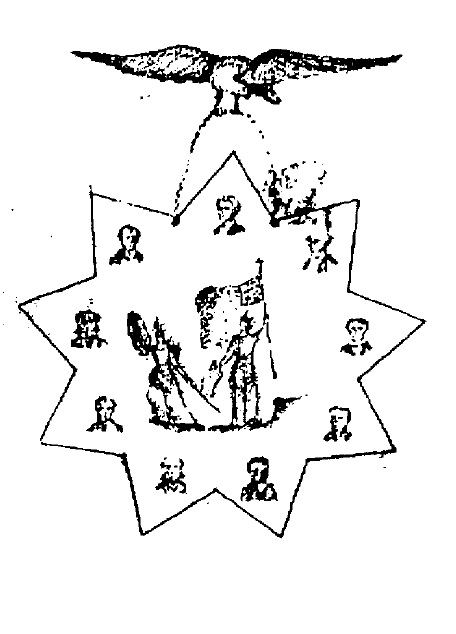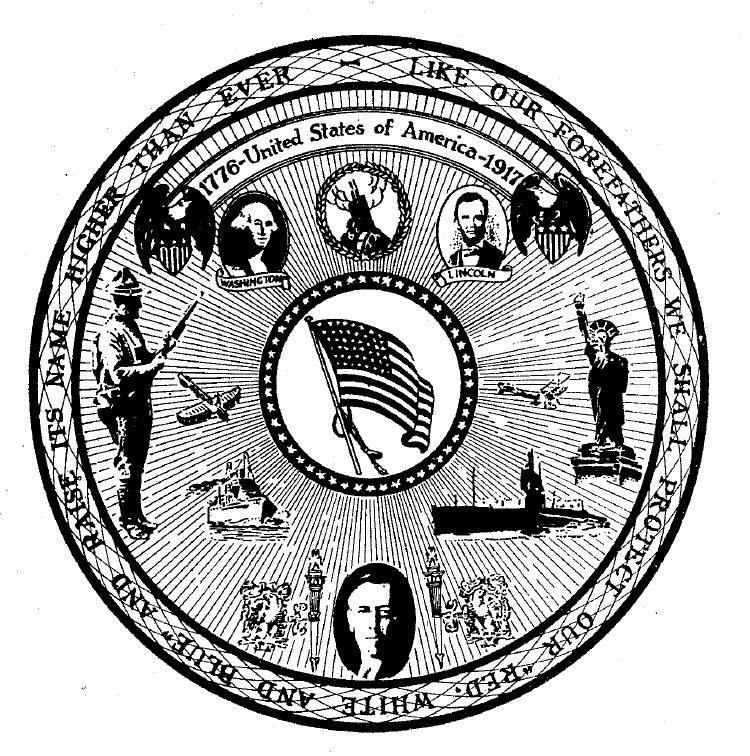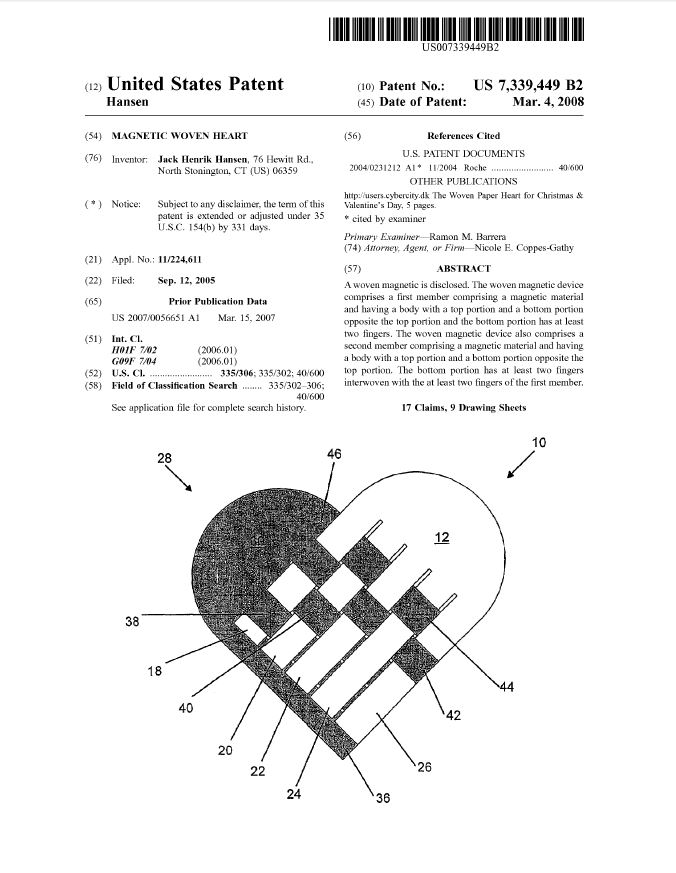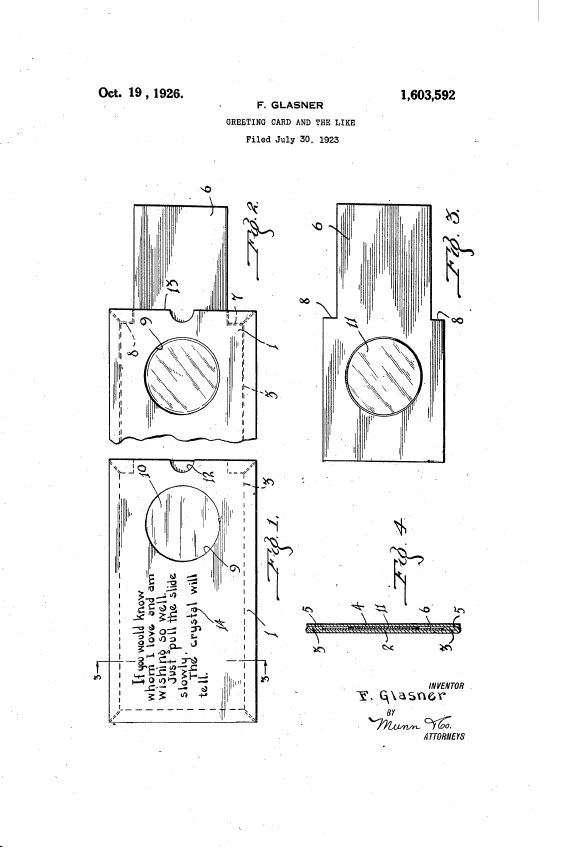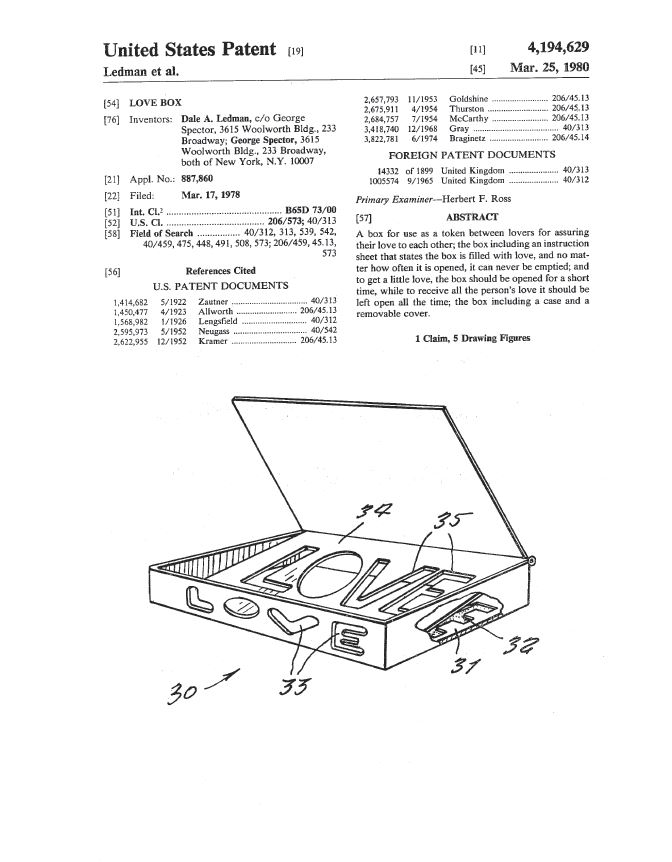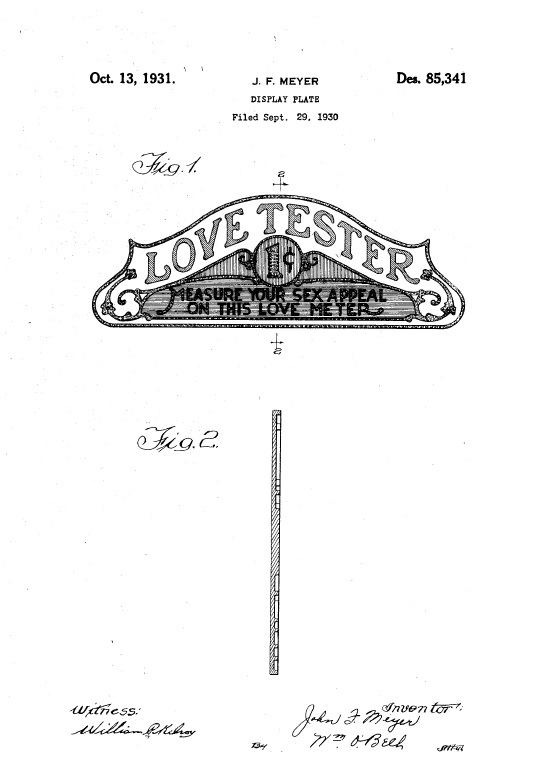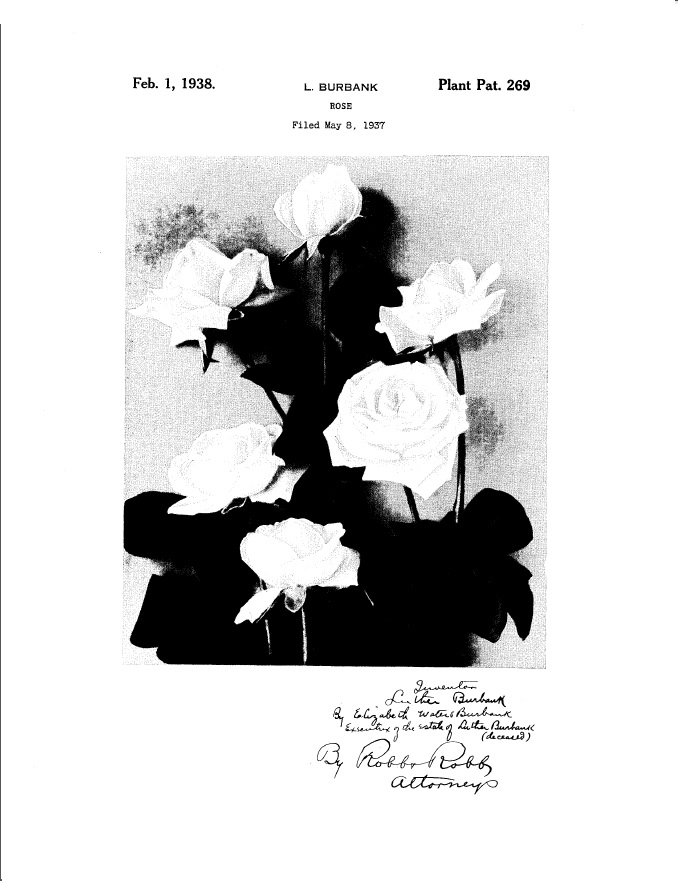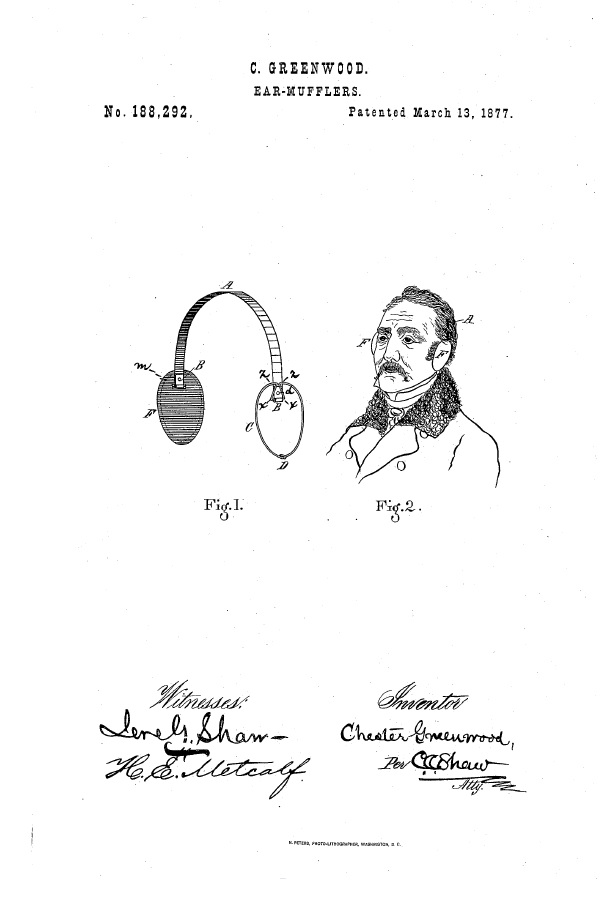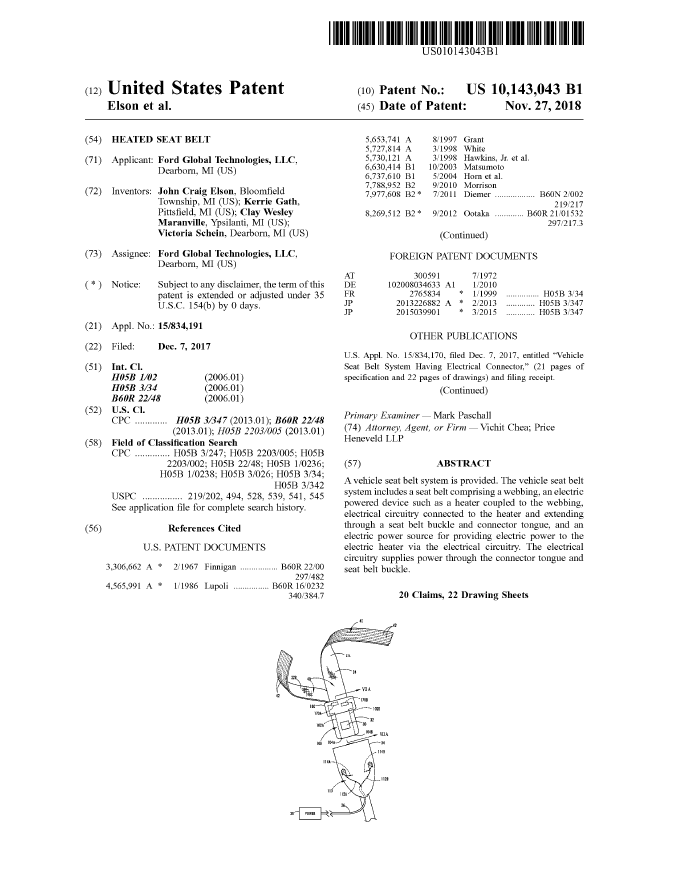In Coda Development S.R.O. v. Goodyear Tire & Rubber Company, [2018-1028](February 22, 2019), the Federal Circuit vacated the dismissal of Coda’s complaint, seeking correction of inventorship of patents on self-inflating tires and alleging misappropriation of its trade secrets.
The district court dismissed the complaint under 12(b)(6) for failing to state a claim, and denying Coda the opportunity to amend its complaint. However the Federal Circuit, accepting the complaint’s well-pleaded factual allegations as true and drawing all reasonable inferences in Plaintiffs’ favor, concluded that Plaintiffs’ claims for correction of inventorship are plausible. The Federal Circuit noted that the complaint described Goodyear’s prior failures with inflation technology; and that it described two meetings with Goodyear representatives—both arranged at Goodyear’s initiative and attended by Goodyear’s point-person on SIT technology. The Federal Circuit further noted that Goodyear sought technical information from Coda at both meetings, and Goodyear’s point person requested that he and his team be allowed to spend some time alone with Coda’s functional prototype, during which he photographed it without permission. The Federal Circuit noted that a month, Goodyear applied for the first in a series of patents covering assemblies and methods concerning self-inflating tires, with claims covering the allegedly novel, proprietary, and confidential information Coda disclosed to Goodyear.
The Federal Circuit said that construing the complaint in the light most favorable to Plaintiffs and taking these and other highly specific facts together—including, but not limited to, Goodyear’s prior failure, its eagerness to meet with Coda, its unauthorized photography of Coda’s functional prototype, the timing of its distancing itself from Coda and its filing for the ’586 patent, and a pointed accusation from one of its former employees—we conclude that Plaintiffs’ correction-of-inventorship claims are plausible.
The Federal Circuit also found that the district court also erred in dismissing Plaintiffs’ trade-secret-misappropriation claim as time-barred. The statute-of-limitations inquiry was when Plaintiffs discovered or by the exercise of reasonable diligence should have discovered their claim. The Federal Circuit rejected Goodyear’s argument that based upon the facts alleged in the complaint, plaintiff should have begun investing earlier, observing that plaintiff might have simply assumed Goodyear lost interest, or that Goodyear would honor is nondisclosure agreement. Considering only the complaint, and drawing all reasonable inferences in Plaintiffs’ favor, the Federal Circuit concluded that the district court erred in dismissing Plaintiffs’ trade-secret misappropriation claim as time-barred.

